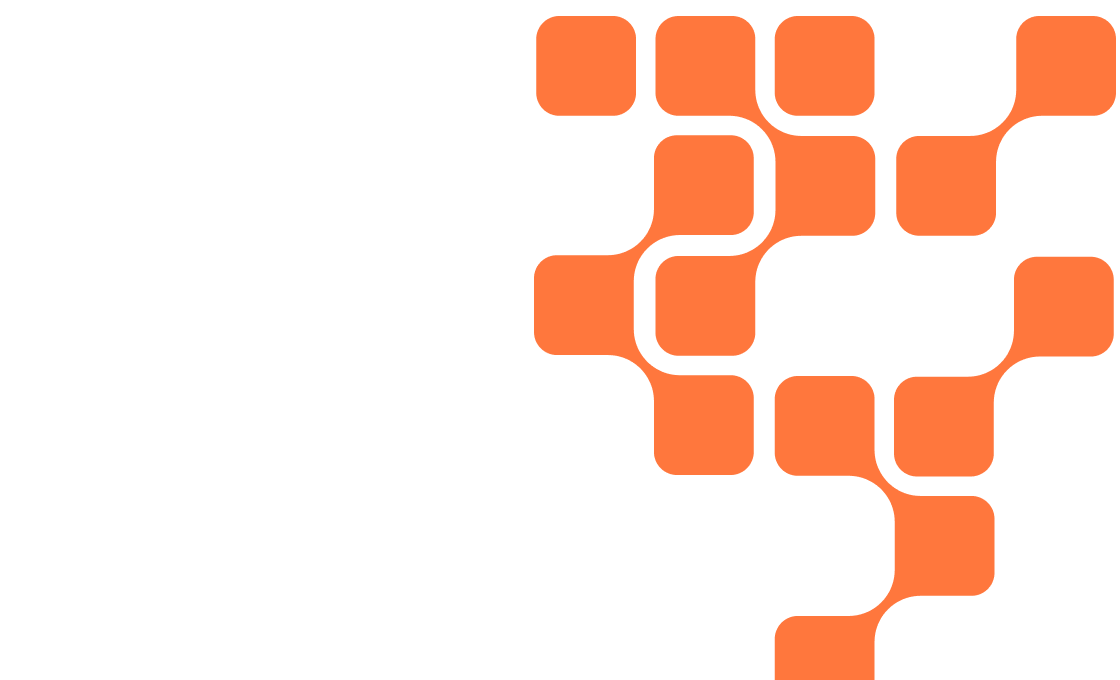Overview
Generative AI (GenAI) and Large Language Models (LLMs) are extremely powerful new tools that are changing every industry. To fully take advantage of GenAI and LLMs, these new capabilities need to be combined with your existing enterprise data. This four-day course teaches how to use Cloudera Machine Learning to train, augment, and fine tune LLMs to create powerful enterprise AI solutions.
The course follows the Machine Learning Operations (MLOps) workflow to build enterprise machine learning applications. Participants learn how to explore and visualizing data, conduct experiments using MLFlow, use AMPs to accelerate solution development, deploy models as a REST API, and monitor model performance.
What you'll learn
Through lecture and hands-on exercises, you will learn how to:
- Utilize Cloudera SDX and other components of the Cloudera Data Platform to locate data for machine learning experiments
- Use an Applied ML Prototype (AMP)
- Manage machine learning experiments
- Connect to various data sources and explore data
- Select the right LLM model for a use case
- Configure a Prompt for an LLM
- Use Retrieval Augmented Generation (RAG)
- Fine Tune an LLM Model with Enterprise Data
- Deploy an ML model as a REST API
- Manage and monitor deployed ML models
Who should take this course?
The course is designed for data scientists and machine learning engineers who need to understand how to utilize Cloudera Machine Learning and the Cloudera Data Platform to leverage the full power of their enterprise data, generative AI, and Large Language Models to deliver powerful business solutions.
Other Training That Might Interest You
- Introducing Python
- Introducing Git
Book the course
Course Details
Introduction to CML
Overview
CML Versus CDSW
ML Workspaces
Workspace Roles
Projects and Teams
Settings
Runtimes/Legacy Engines
Lab: Introduction to CML
Introduction to AMPs and the Workbench
Editors and IDE
Git
Embedded Web Applications
AMPs
Lab: Streamlit
Data Access and Lineage
SDX Overview
Data Catalog
Authorization
Lineage
Lab: Data Access
Data Visualization in CML
Data Visualization Overview
CDP Data Visualization Concepts
Using Data Visualization in CML
Lab: Data Visualization
Experiments
Experiments in CML
Lab: Experiment Tracking
Introduction to LLMs
History of LLMs
How Transformers Work
Different Types of LLMs
Limitations of LLMs
LLM Model Selection
How LLMs are Evaluated
Model Selection by Use Case
Hugging Face Model Hub
Demo/Lab - Open LLM Leaderboard
Demo/Lab - Can you run it? LLM Version
Prompt Engineering
Components of a Prompt
Shot Prompting
Demo/Lab - Code Lama Playground 13B
Demo/Lab - Mistral 7B Instruct
Text Summarization with Amazon Bedrock
Amazon Bedrock Key Features
Amazon Bedrock Use Cases
Demo/Lab - Text Summarization with Amazon Bedrock
Retrieval Augmented Generation
Retrieval Augmented Generation (RAG)
RAG Use Cases
Demo/Lab - LLM Chatbot Augmented with Enterprise Data
Demo/Lab - Intelligent QA Chatbot with NiFi, Pinecode, and Llama2
Fine Tuning
Motivation for Fine Tuning
Principles of Fine Tuning
Parameter Efficient Tuning
Limitations of Fine Tuning
Principles of Parameter Efficient Tuning
Fine Tuning a Foundation Model
Quantization
Low Rank Adaptation
Demo/Lab - Fine Tuning a Foundation Model for Multiple Tasks (with QLoRA)
Merging LLM Models
LLM Merging Core Principles
Merging Benefits and Potential Applications
Deploying a Machine Learning Model as a REST API in CML
Load the Serialized Model
Define a Wrapper Function to Generate a Prediction
Test the Function
Autoscaling, Performance, and GPU Settings
Autoscaling Workloads
Working with GPUs
Lab: Autoscaling
Model Metrics and Monitoring
Why Monitor Models?
Common Models Metrics
Models Monitoring with Evidently
Continuous Model Monitoring
Lab: Model Monitoring

